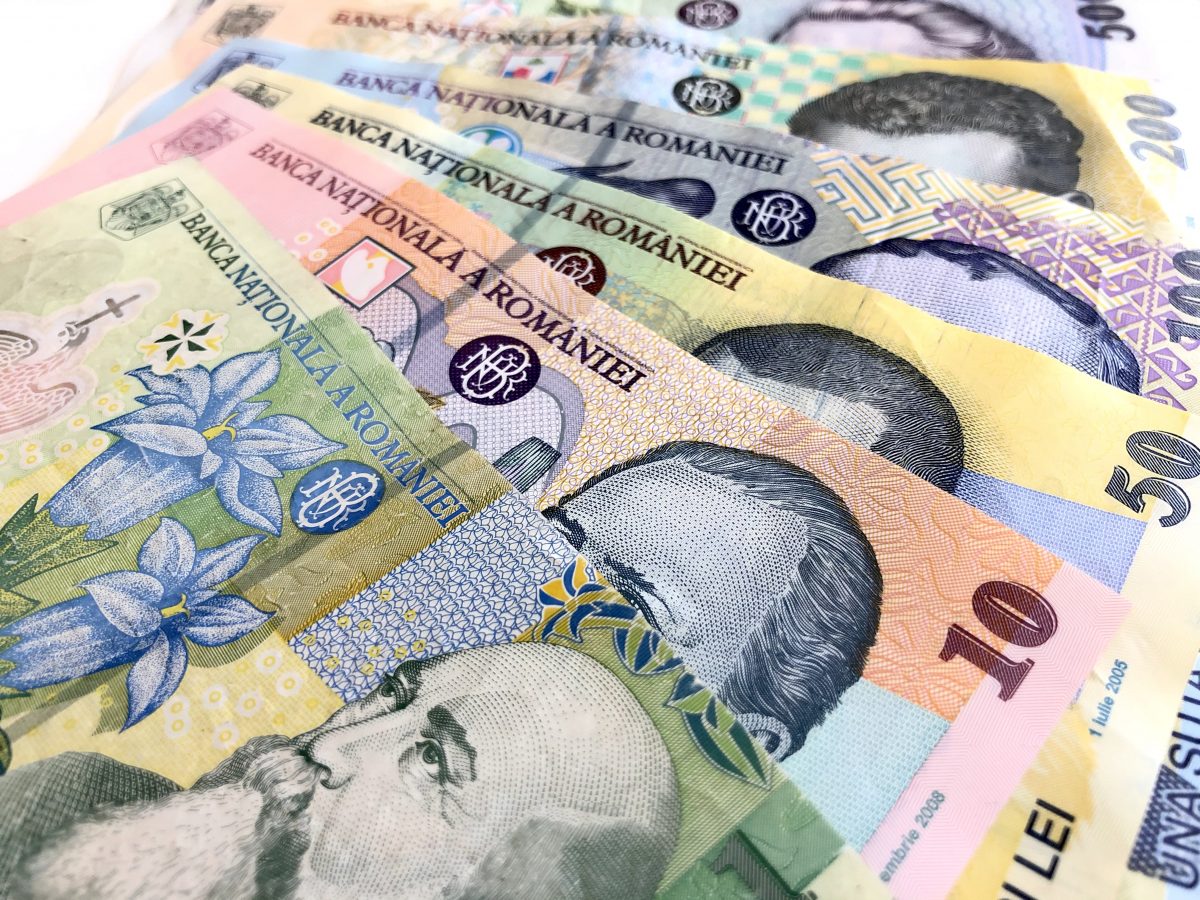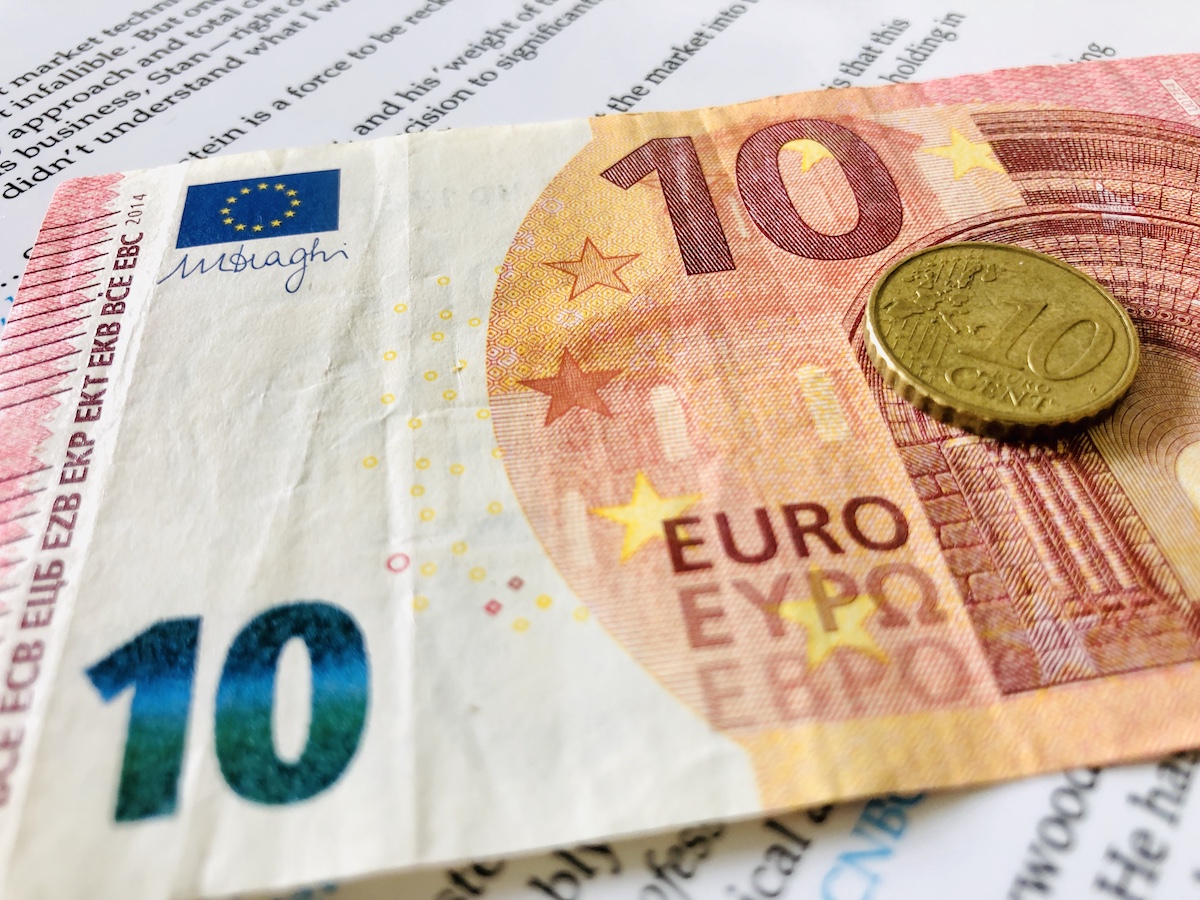In any company, it is important that shareholders know what dividends are: they represent parts of the net profit of a joint company, which is distributed to each shareholder, in relation to the number of shares it holds.
What are the dividends

The profit of a company can be divided among shareholders by paying dividends. This payment of dividends can be made in cash or by actions or capital securities. Getting the dividend income is an advantage for shareholders because they can benefit directly from the company’s profit.
Small companies distribute dividends generally every year, but are not obliged to do it with every closure of the tax year. They can maintain profit to reinvest it in the company, which they choose to do in the early years, in particular the companies of new statement.
Types of dividends
Dividendul brut It represents the value of the benefit to be distributed (cash, shares or in nature), declared annually to the tax administration and acts as a basic to calculate the tax on a company (company).
Dividendul Net It is the amount actually collected by an shareholder, which represents the part due to the gross benefit, from which the related tax is deducted.
The distribution rate of dividends represents what quantity of net profit is distributed in the form of dividends. The General Assembly of shareholders are discussed the possibilities of payments and the approved method of distribution of dividends during the year is recorded in the state of the company. Profit can be used entirely in cash or a mix between cash and actions or in nature. In addition, the profit taken into consideration to pay dividends can be the current one or in previous years.
The payment of dividends to shareholders can be made in different ways:
- In cash. It is an easy method, in particular advantageous for shareholders because they receive the winnings directly and immediately.
- In shares. When the company has no funds to carry out the payment in cash, shareholders receive a remuneration in the form of actions. Therefore the companies obtain the increase in the share capital and keep the liquidity intact.
- In nature. A method to pay the less common dividends, however, advantageous to put into practice when the company has as their marketing object of goods of interest for their shareholders. These can be construction materials, consumer materials, industrial or domestic products, fuel, wooden raw materials, etc. Therefore shareholders cover their individual consumption needs and at the same time do not affect the company’s liquidity.
How to calculate dividends
Every year, at the General Assembly of Associates, the complete or partial distribution of shareholders is established. Profit can also be assigned to investments or can be kept in the company.
In particular, how to calculate dividends: the net profit established for the allocation of dividends is divided into the total number of actions, a dividend that represents the remuneration due to an action within a year. The participation fee of each associate in the company is taken into consideration (if no other method of calculation is provided in the constitutive law), more precisely how many actions has. Each shareholder receives the number of actions held multiplied by the value of the established dividend.
This calculation of dividends guarantees an equitable distribution to shareholders, depending on the percentage value of the actions held in society.
If at the time of the decision to distribute dividends, the company does not have sufficient liquidity, the distribution decision can be drawn up and the payment can be made later.
If the company has issued shares with a cumulative dividend privilege, then there is the possibility of making retroactive payments, having priority to the remuneration assigned in the years in which no dividends have been distributed. For the other categories of shares, if there are dividends not distributed after 3 years, they are prescribed.
Dividend tax
Starting from 2016, the tax code has established that the value of the dividend tax will be 5% of the total amount of gross income from dividends.
The tax on dividends is retained at the source, therefore the calculation of the tax on dividends and its payment is based with companies, not to taxpayers.
Also in the tax code it is specified and when the tax tax is paid: the company has the obligation to declare and pay the tax on dividends to the state budget until the 25th of the month following the one in which dividends are paid. This is done by submitting the declaration of the 100 module «regarding the payment obligations to the state budget».
The univocal declaration for dividends is presented only by taxpayers who obtain entrances from dividends (we have taken the case exclusively from dividends, without other types of income targeted by the single declaration, but if there are other types of income – except those in the salaries – those are taken into consideration) on the 12 gross wages. In 2025, those who obtain an income from dividends greater than 27600 she have the obligation to submit the single declaration that is made only for the payment of the health contribution (Cass).
The Cass share established by the tax code is 10% of the monthly value of the minimum gross salary on the economy.
If the income was made to the maximum, the health contribution is limited to 10% of the value of the ceiling.
The calculation for the amount of payment associated with the single 2025 declaration is as follows: Cass = 10% * 27.600 Lei => 2,760 she.
If the revenues were under the ceiling of 12 gross salaries, the unique declaration is no longer drawn up, so Cass is not paid.
The single declaration must be submitted within 30 days from the collection of dividends whose value is higher than the ceiling and the payment can be made by 25 May of the following year.
There is no obligation to contribute to the pensions (CA) for the revenue obtained from the dividends. These are targeted in the 5% tax established by the tax code, which is held at the source.
The subject of the dividends is complex, but the Romanian tax code offers many clarifications relating to what the dividends and the payment obligations are associated with them.
latest posts published

Hormones that determine financial behavior while making decisions under their influence

Payment methods Credits for consumption are getting rid of debt

Financial education for beginners – Cursvalutar.ro

What are the banking guarantees and what risks has a guarantor

Credit Bureau – Everything you need to know

Comfortable contract: taxes and exemptions

What they are and how it works

Strategies to withdraw money from investments

How to have a day without spending?


